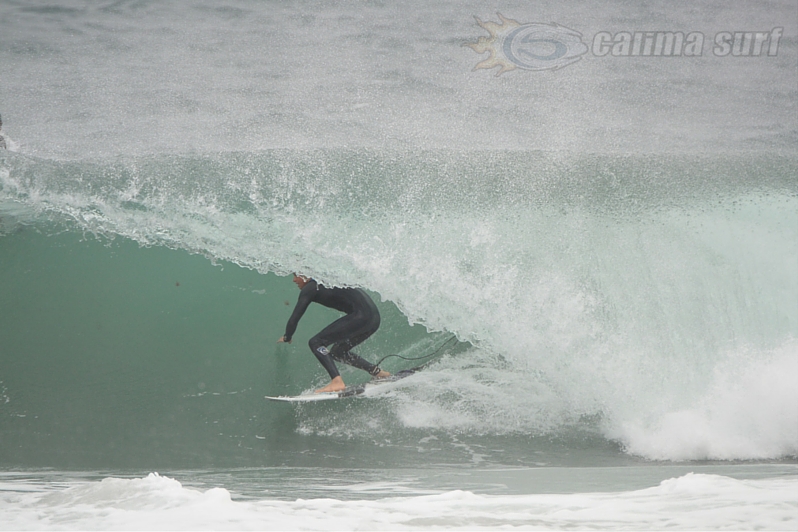
08 March, 2021
· 0 comments

It’s true that for those of us who love to surf, our mouths start to water when we enter a store filled with new boards, in different shapes, styles and colors. And we would certainly love to take them all, but the truth is that, when you need to buy a surfboard, there are certain aspects that you can’t overlook which will play a fundamental role in improving your surfing
1. Surfing level. For starters, whether you are a beginner or not is going to determine in large part the dimensions and characteristics of your board. Obviously, if you’re beginning and want your surfs to be fruitful and enjoyable, you’ll have to choose a board that is wider and thicker. This will give you good buoyancy and stability, which will translate to a much more productive surf. Keep in mind that you’re still beginning this will make it much easier to learn. Don’t be fooled into making the mistake of buying a smaller, thinner board because it’s what you see in TV commercials or because it’s what the pros take to competition. Don’t worry; as you gain confidence and your surfing evolves and improves, that’s when you can choose a narrower or shorter board.

2. Weight. Of course, we’re talking about your weight. If we’re talking about surfing and going over waves, we think this is an important determining factor when it comes to choosing and buying your surfboard. If you are a heavier person, try to find that balance and get a board with a certain thickness, you’ll be glad you did.
3. Height. If you are 6’2 inches tall, a 5’8 board is not the ideal length for you. Choose your board according to your height. Always try to get a board that is a little bigger than you are. A few inches will be fine. This is assuming you don’t want a fantastic longboard to enjoy a more old-school style of surfing. Keep in mind that the longer and wider your board is, the easier it will be to get up and paddle if you are still learning.
4. Wave type. Your choice will also depend on the type of spot you frequent and the type of waves you catch. In a place where there is normally little swell because of geographic location, with small waves that aren’t very strong, you’ll usually need a board where you won’t kill yourself trying to catch a wave without getting left behind because of lack of buoyancy. On the other hand, if you tend to catch bigger and more powerful waves, you’ll probably be better off with a shortboard, which are well suited to many types of waves that are a big stronger.

5. Age and fitness level. We hate to admit it, but those who have spent many years surfing and are a bit older aren’t in the same shape as when they were 20, and it’s a bit more difficult now. For that reason, many will need a board with a bit more volume to help them out so they can paddle without getting exhausted.
6. Liters of board. The volume of a surfboard measured in liters is its interior area and is determined by its thickness, length and width. The previous points are closely related to this, because in order to know how many liters will be best for us in the water, we have to consider various factors like: weight, fitness level, surfing level…
If you want to know which volume of surfboard would be right for you, you can try a volume calculator.
Once you have all of this clear and know which is best for you, make your selection and enjoy your new purchase!
—
Do not miss out our courses for Christmas!!! Calima surf camp
Comments
Leave a comment
Your e-mail address will not be published. Required fields are marked with *.